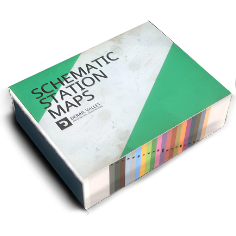Body Damage: Difference between revisions
m ID plate |
Marked this version for translation |
||
| Line 10: | Line 10: | ||
Damage to a vehicle's body may result in failure of various accessories, such as windows, {{pll|Headlights & Cab Lights|lights}} and {{pll|Compressor|compressors}}. It doesn't otherwise affect the moving capability of a vehicle, however. | Damage to a vehicle's body may result in failure of various accessories, such as windows, {{pll|Headlights & Cab Lights|lights}} and {{pll|Compressor|compressors}}. It doesn't otherwise affect the moving capability of a vehicle, however. | ||
<!--T:5--> | |||
Body damage of a vehicle is displayed on its {{pll|ID Plate|ID plate}}. | Body damage of a vehicle is displayed on its {{pll|ID Plate|ID plate}}. | ||
Revision as of 14:08, 10 March 2025
Damage to a vehicle's body most commonly occurs from collisions. Colliding with any vehicle, a buffer stop or another object at too high of a speed, is bound to cause damage.
To ensure safe contact between vehicles, it is not recommended to exceed 5 km/h. Most common situations in which collision damage occurs is due to derailing, distracted shunting, badly set up switches and wheelslide. Body damage can also be caused by various powertrain failures that cause parts to fly apart, fire and even explosions.
Damage to a vehicle's body may result in failure of various accessories, such as windows, lights and compressors. It doesn't otherwise affect the moving capability of a vehicle, however.
Body damage of a vehicle is displayed on its ID plate.
Body damage can be forced manually in sandbox mode using the comms radio damage mode.
